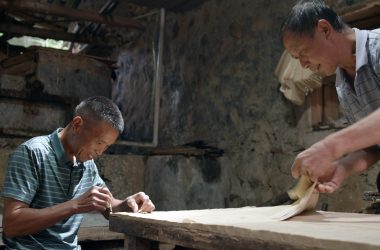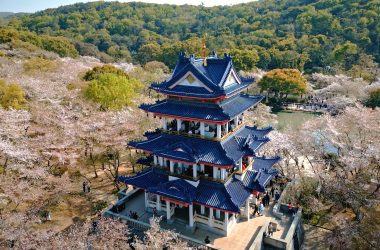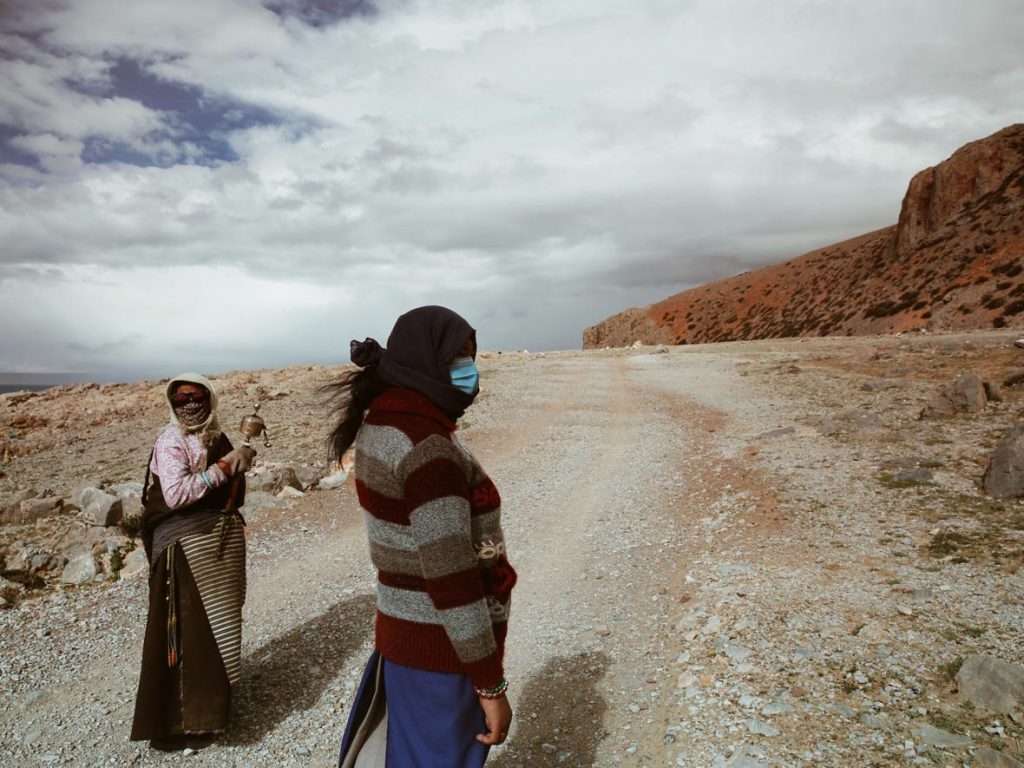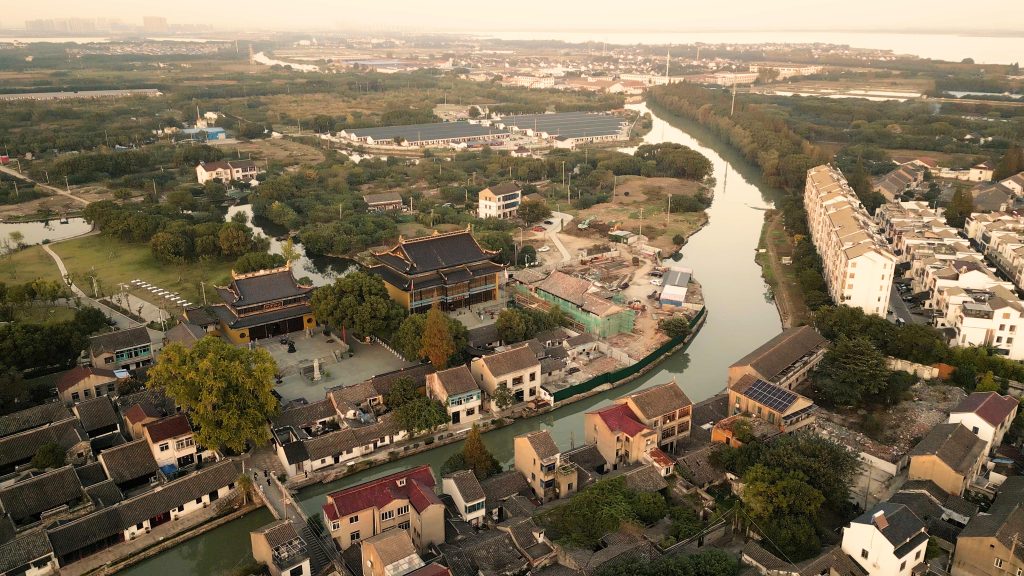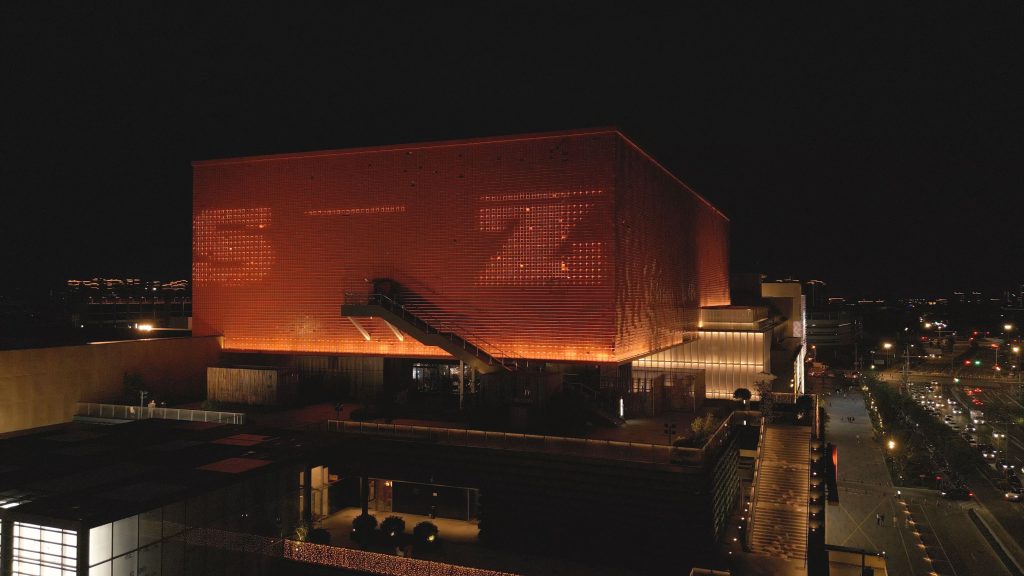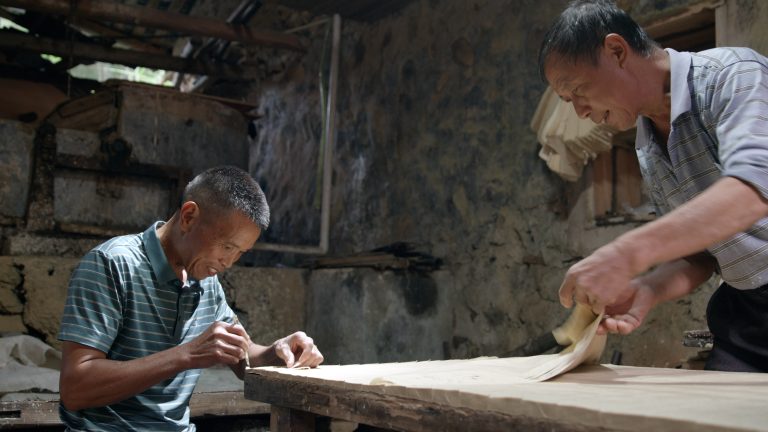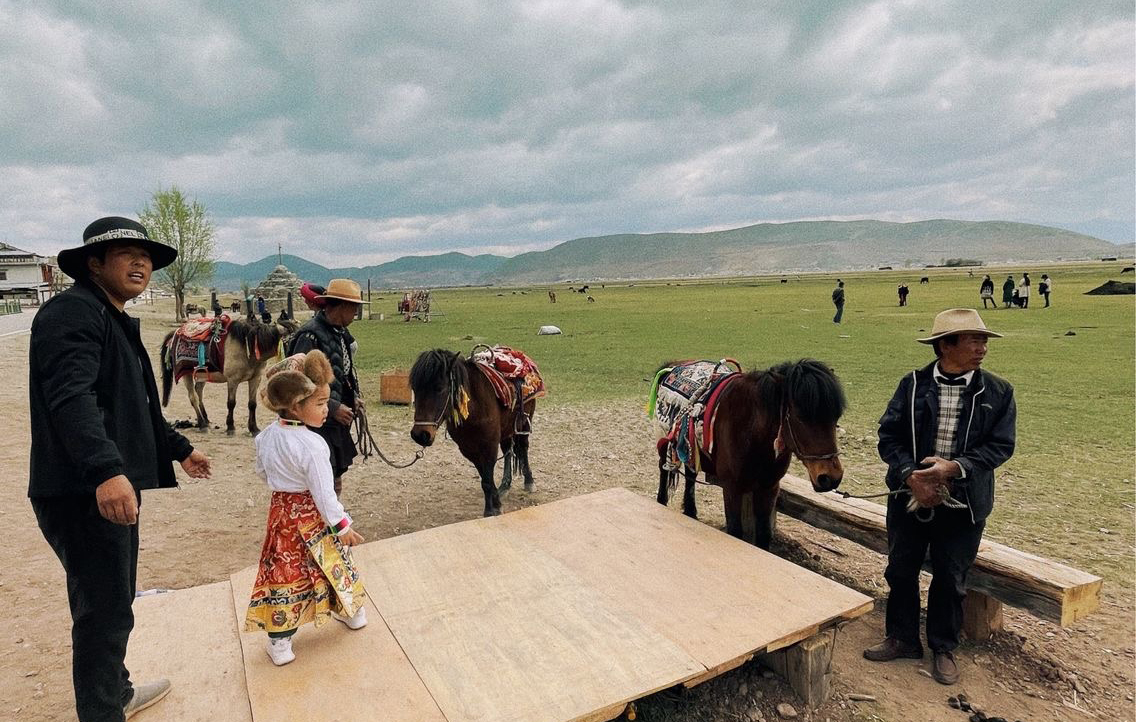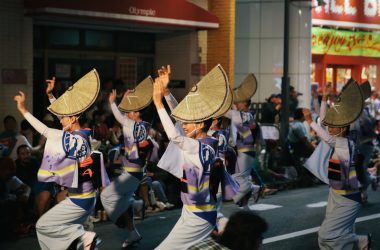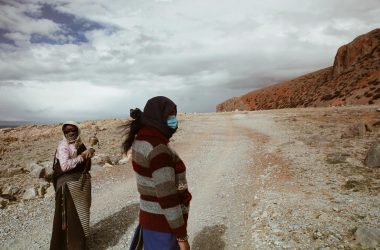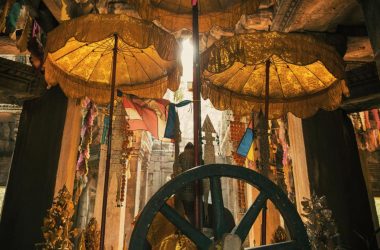One may have heard of Shangri-la and know it as the famed fictional, mystical paradise from English writer James Hilton’s 1933 novel Lost Horizon. Described as a utopia free of war, disease and conflict, in which the inhabitants are forever happy and experience supernatural longevity, Shangri-la was inspired by Tibetan cultural elements and Buddhist spiritual themes described in the writings of Évariste Régis Huc and Joseph Gabet, two travelling French Catholic missionaries who were active in Qing Dynasty era Northern China and Mongolia.
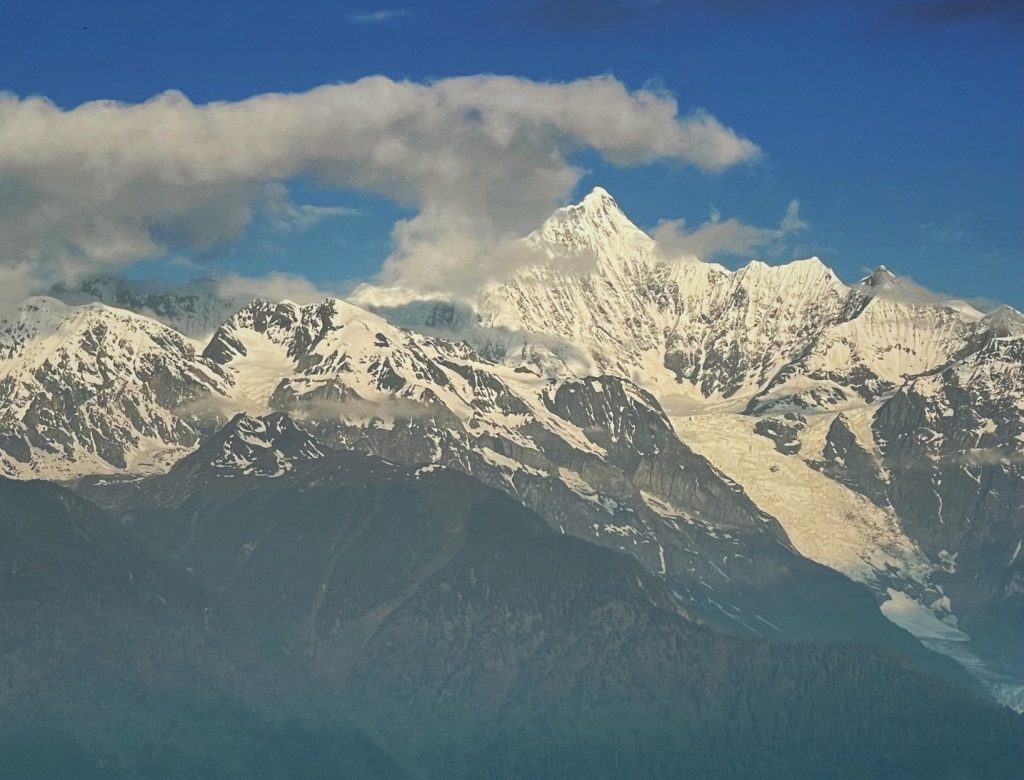
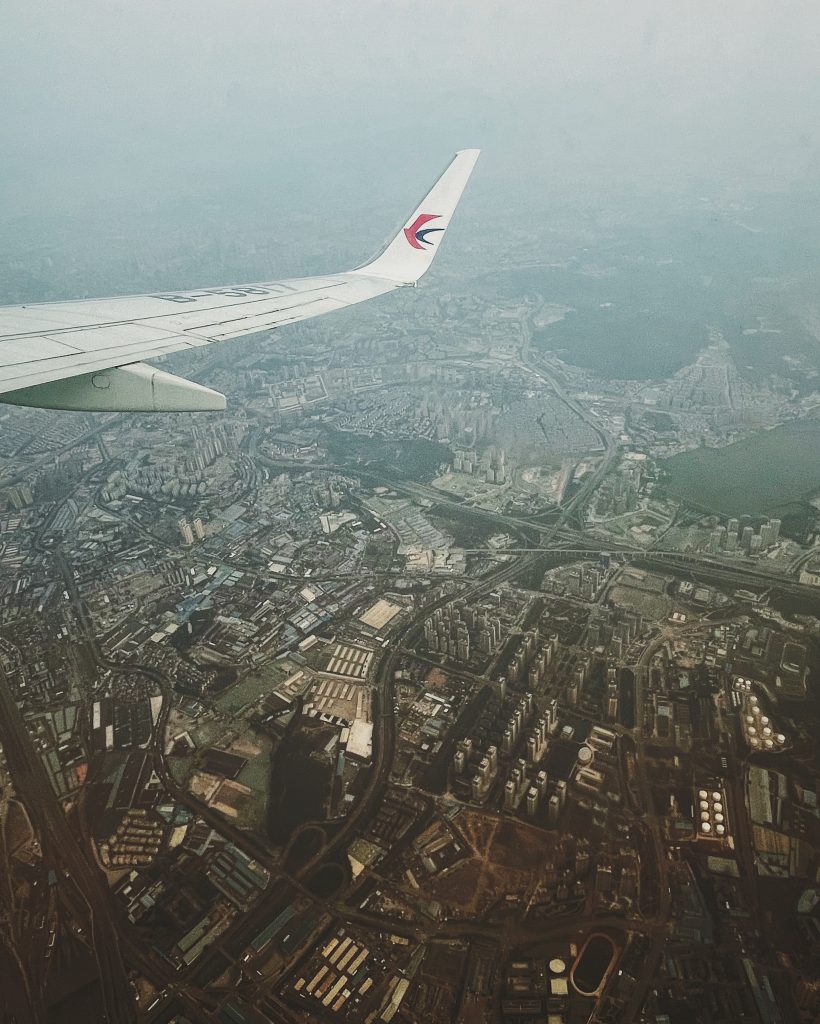
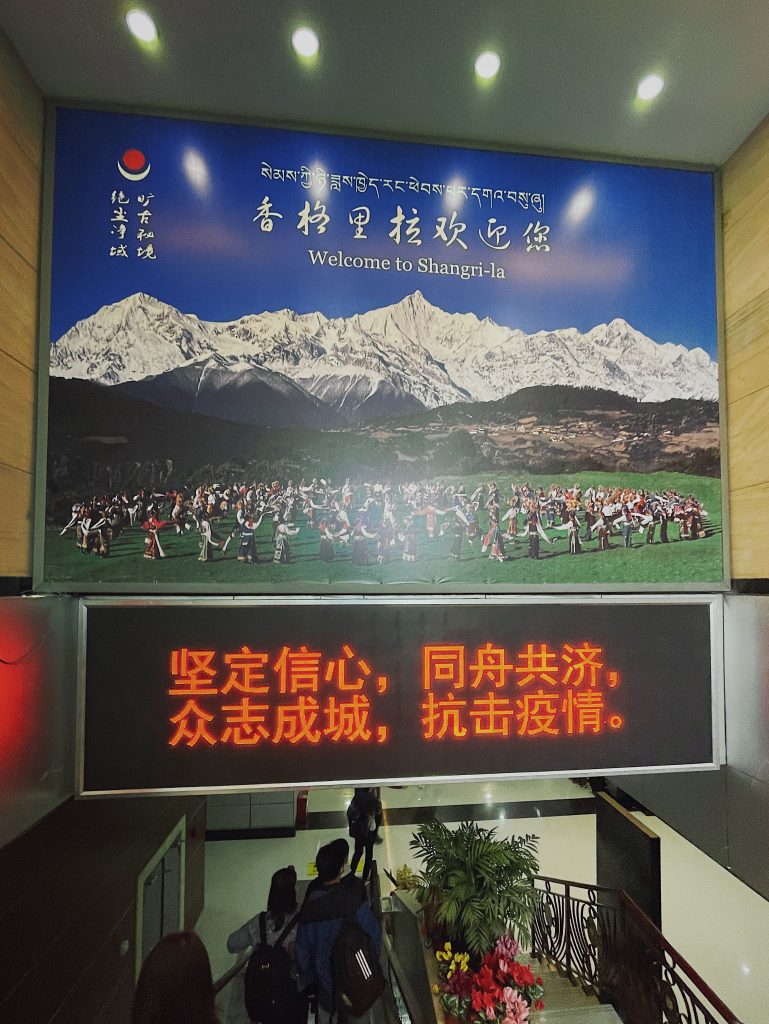
From 1844 to 1846, Huc and Gabet travelled from Beijing to Lhasa on a journey that would later inspire parts of Lost Horizon. Although James Hilton never travelled to Tibet himself, he imagined the landscape and geography of Shangri-la through his research of cultural materials at the British Museum, possibly making references to the Muli monastery in Sichuan Province, and other locations in Yunnan Province.
Shangri-la Old Town
Shangri-la is also the name of a real town in northwestern Yunnan Province, called “香格里拉” in Chinese, although originally it was a county named Zhongdian (中甸县) and later renamed Shangri-la in 2001 in an attempt to boost tourism.
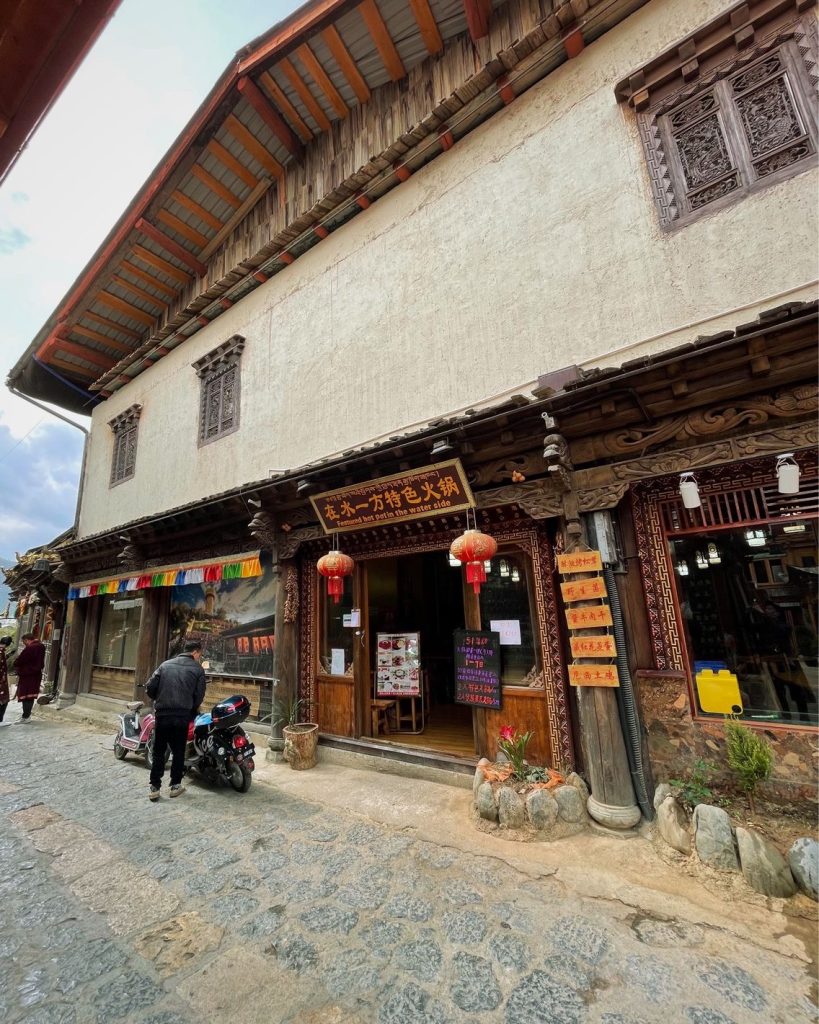
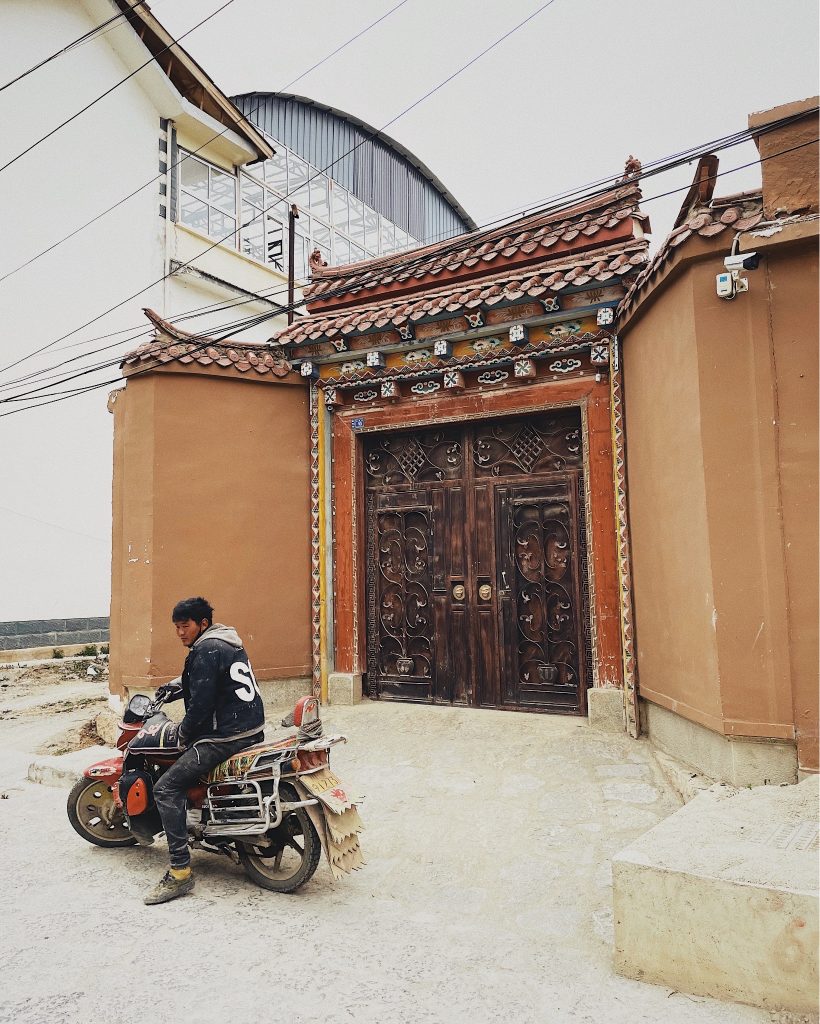
A charming small town full of arts and crafts stores, coffee shops serving Yunnan coffee, and squares where the locals perform folk dances, Shangri-la is a delightful place to visit. The alleyways of the old town are maze-like and worth getting lost in for hours. There are many unexpected gems waiting to be discovered, such as Tibetan art galleries, tea shops, yak hot pot restaurants, and unique guesthouses.
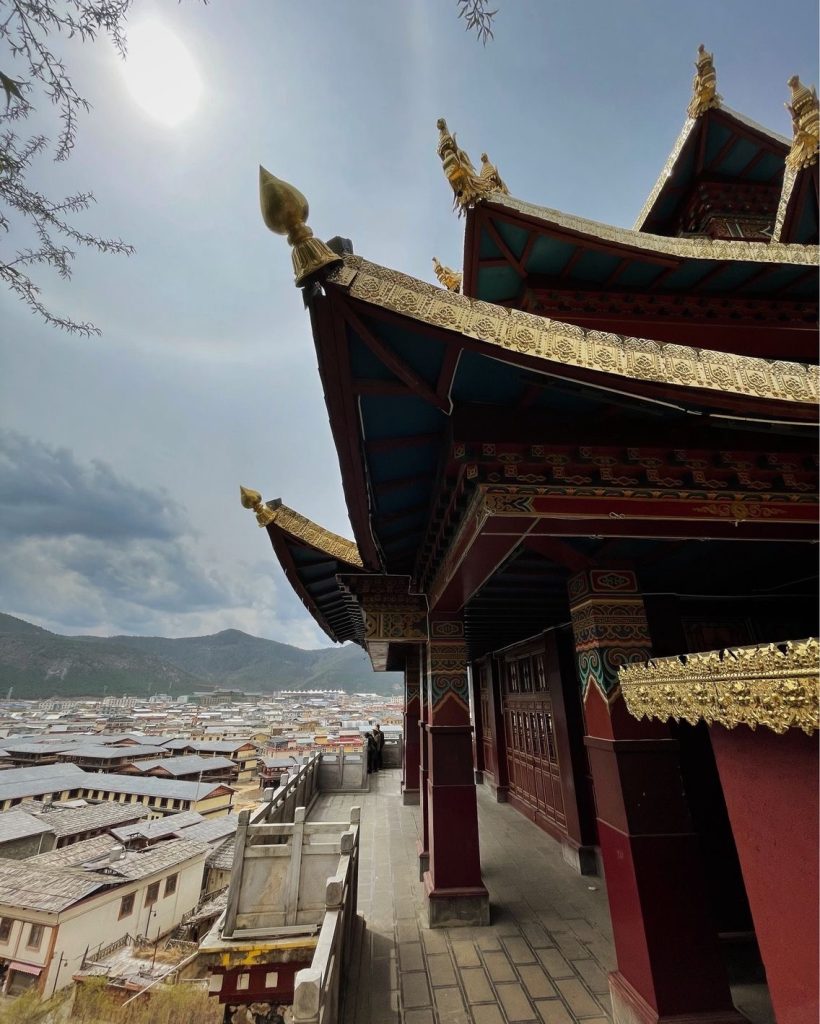
In 2010, a devastating fire destroyed 242 homes and shops in the 1000 year old Dukezong Tibetan neighborhood, although half of the old town was spared. The main attractions of Shangri-la, such as the giant prayer wheel and the Buddhist temple, remain standing however isolated on top of a hill, from which visitors can enjoy breathtaking views of the old town.
If we have not found the heaven within,we have not found the heaven without.
James Hilton, Lost Horizon
Ganden Sumtsenling Monastery
Five kilometers away is Ganden Sumtsenling Monastery, established in 1679 by the Fifth Dalai Lama, and at one point accommodating as many as 2000 monks. It was the largest Buddhist monastery in Yunnan Province. Its structure was built in a Tibetan style, notably the main monastery, which was fashioned after Potala Monastery in Lhasa, while the other buildings were built in a Han Chinese style.
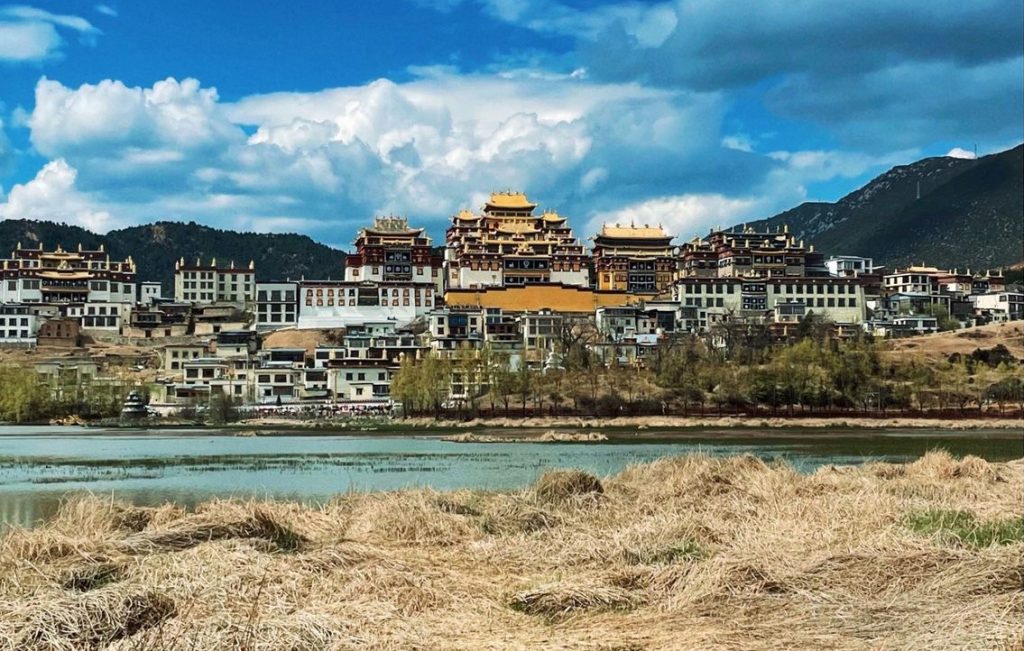
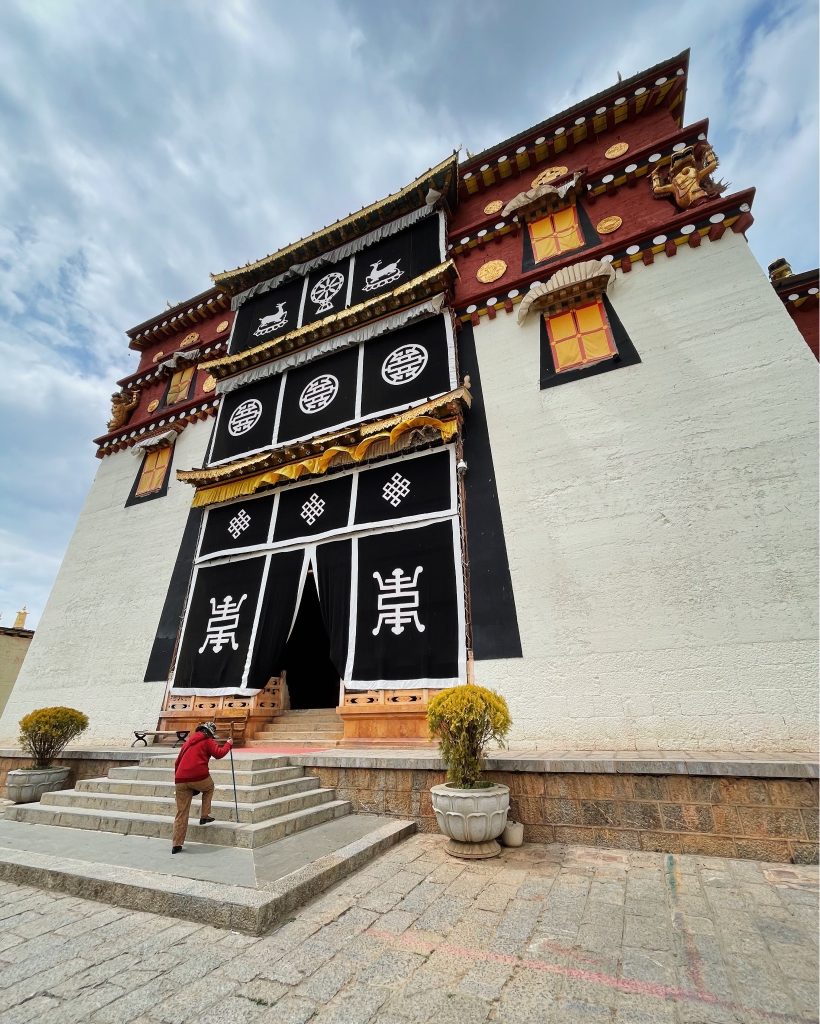

In the early summer during an annual Tibetan horse racing festival, nomads and herders from all over the Tibetan plateau come to Shangri-la to celebrate, ride and trade horses. Normally held in June, the Khampas come to display and race Tibetan Ponies, a special local breed of small and fast horses. The horse festival is a significant business and attraction that benefits the local economy and the nomads.
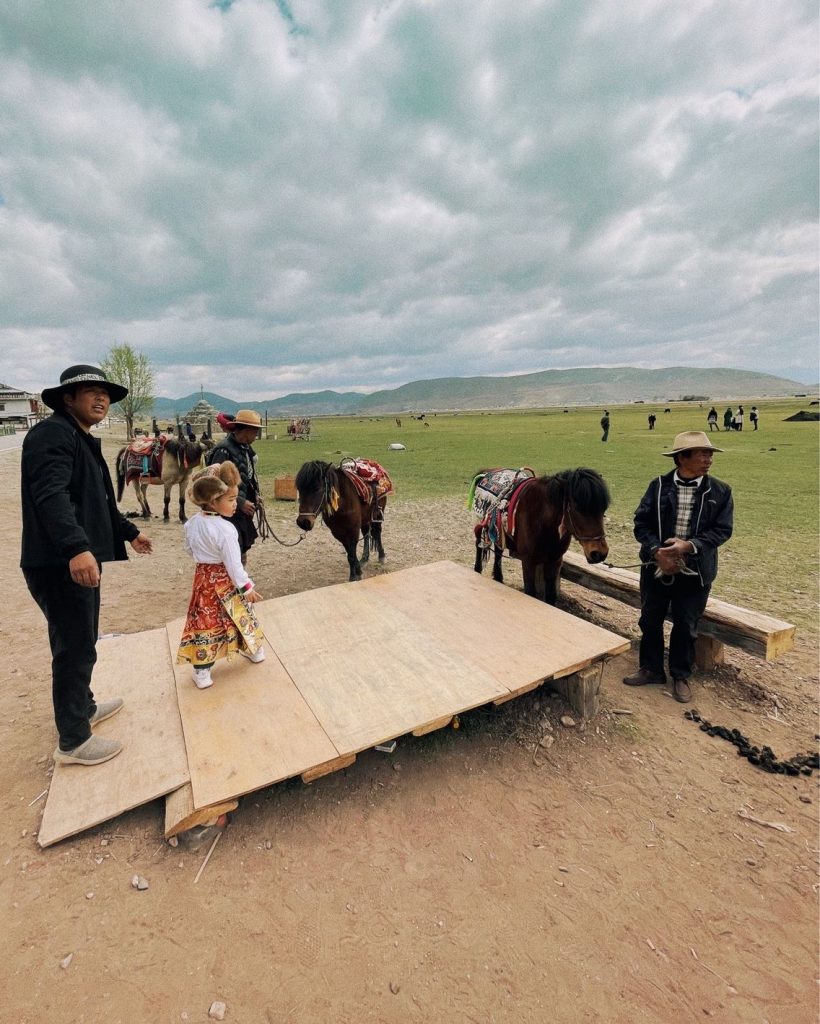
Discovering Yubeng
Diqing Tibetan Autonomous Prefecture, of which Shangri-la is the capital, is an area famed for its mountainous terrain, snow-capped peaks, awe-inspiring gorges, and epic grasslands. One of its highlights, other than Shangri-la itself, is the small remote village of Yubeng, situated at the foot of Meili Snow Mountain. Getting to the village is a difficult journey to navigate: several hours to hike by foot, or visitors can arrange a bumpy drive up the mountain in a 4×4. Once there, one can easily imagine that they may have finally arrived at the mystical valley of Shangri-la from Hilton’s Lost Horizon.
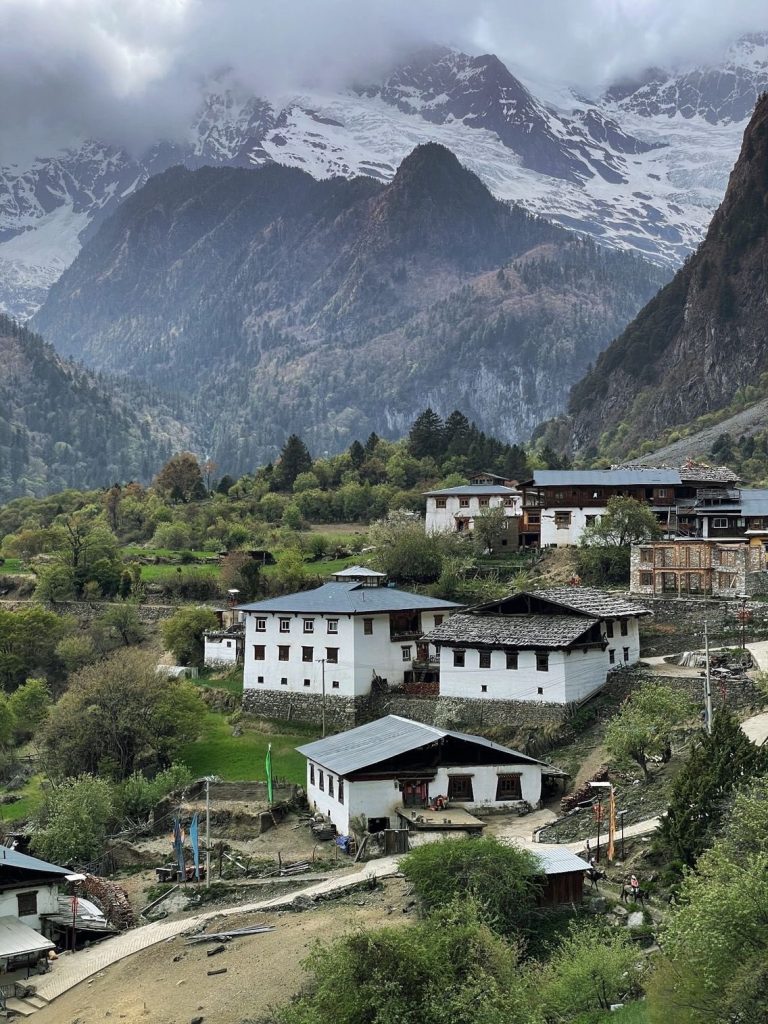
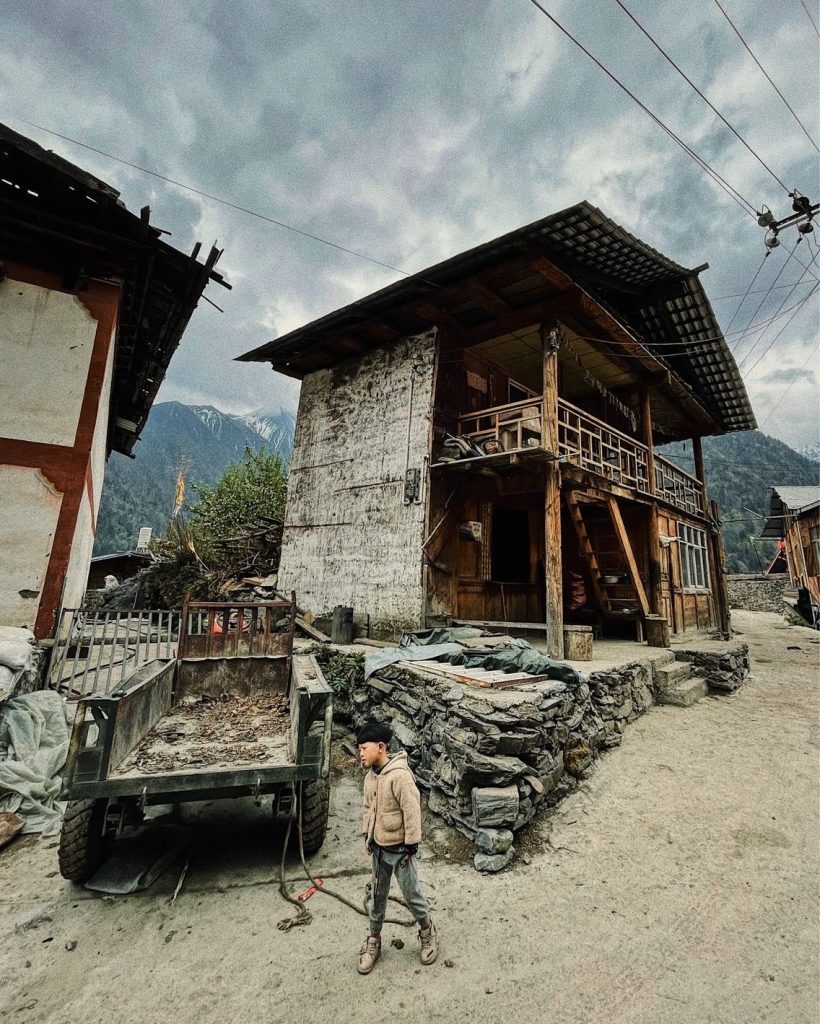
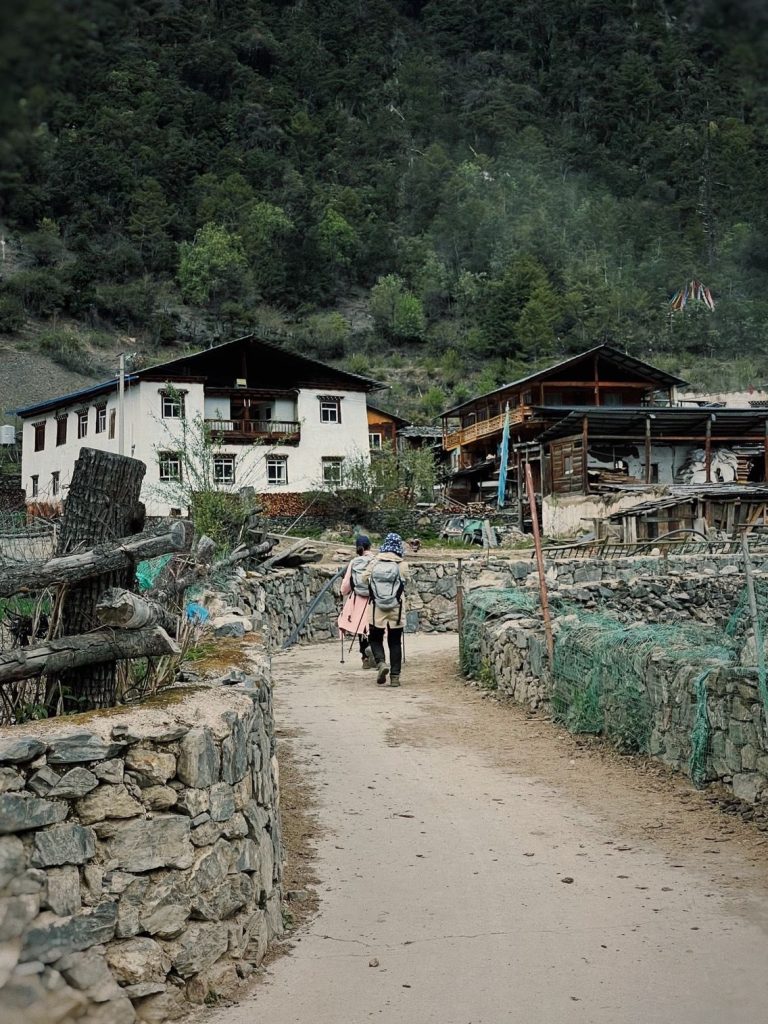
The small village is split in two halves: an upper Yubeng and a lower Yubeng, and there are a number of trails one can take to explore the area. There is a Sacred Waterfall in one direction, and in the other direction up the mountain, there is a more difficult hike to the Ice Lake, which leads you uphill into a beautiful wooded area. The entire village is still newly developed and difficult to access for most travellers, but the surrounding snow-capped mountains, winding rocky trails, and natural scenery are all stunning and unforgettable.
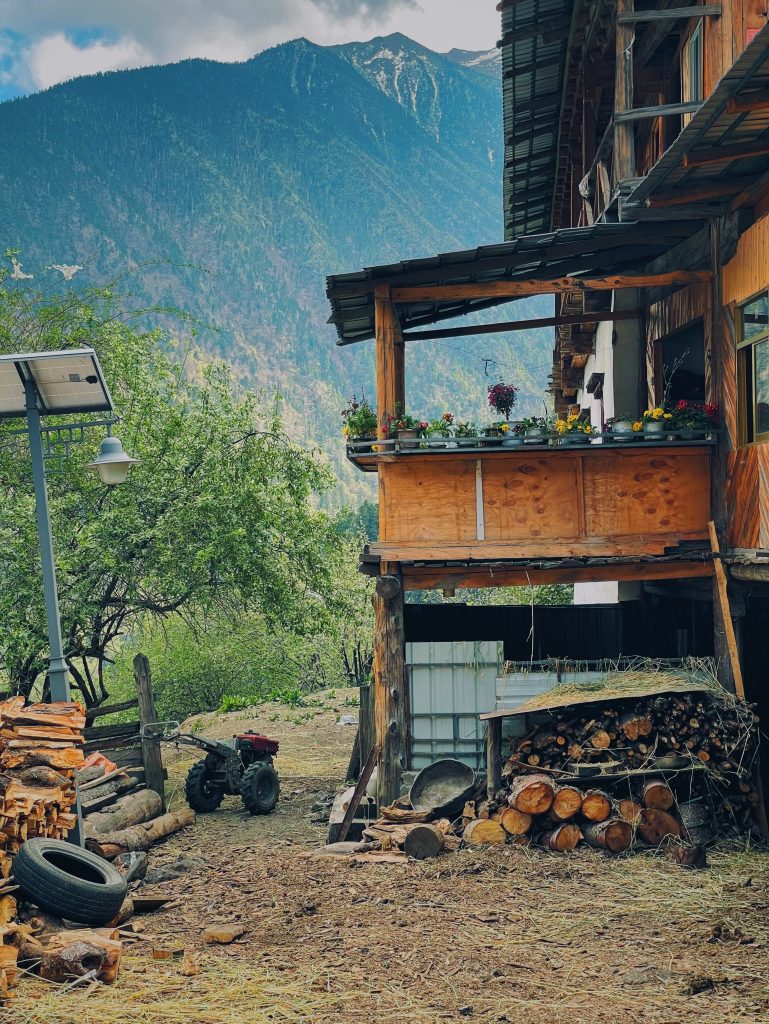
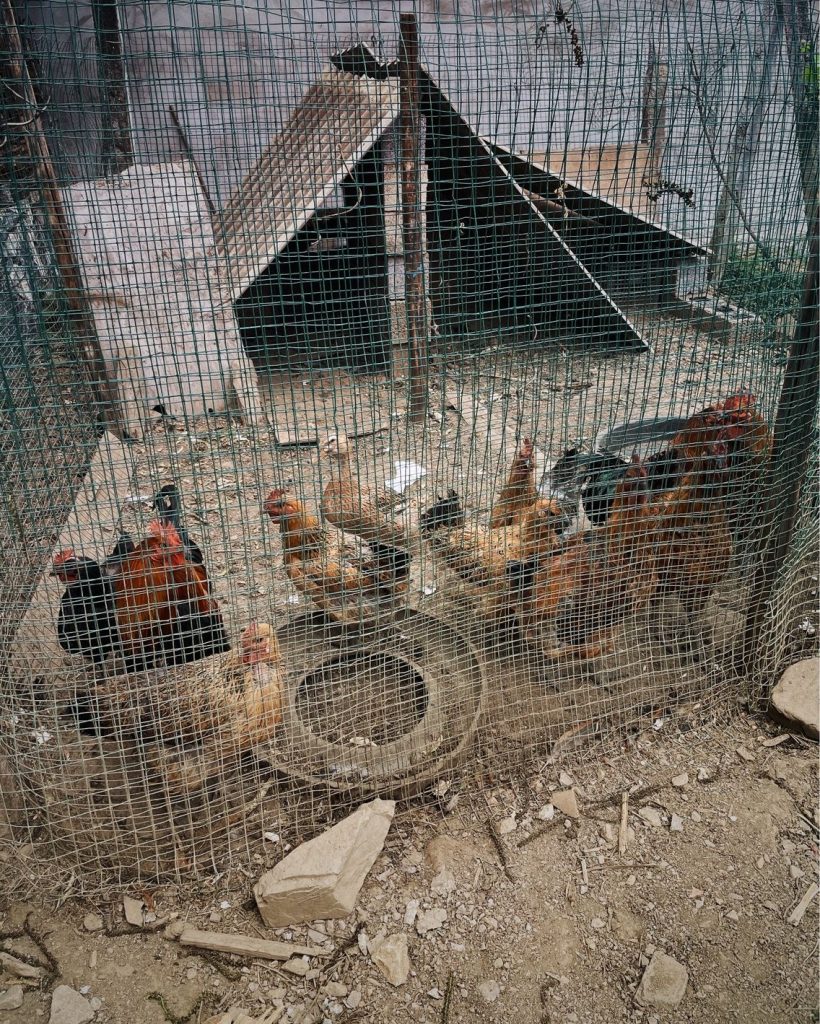
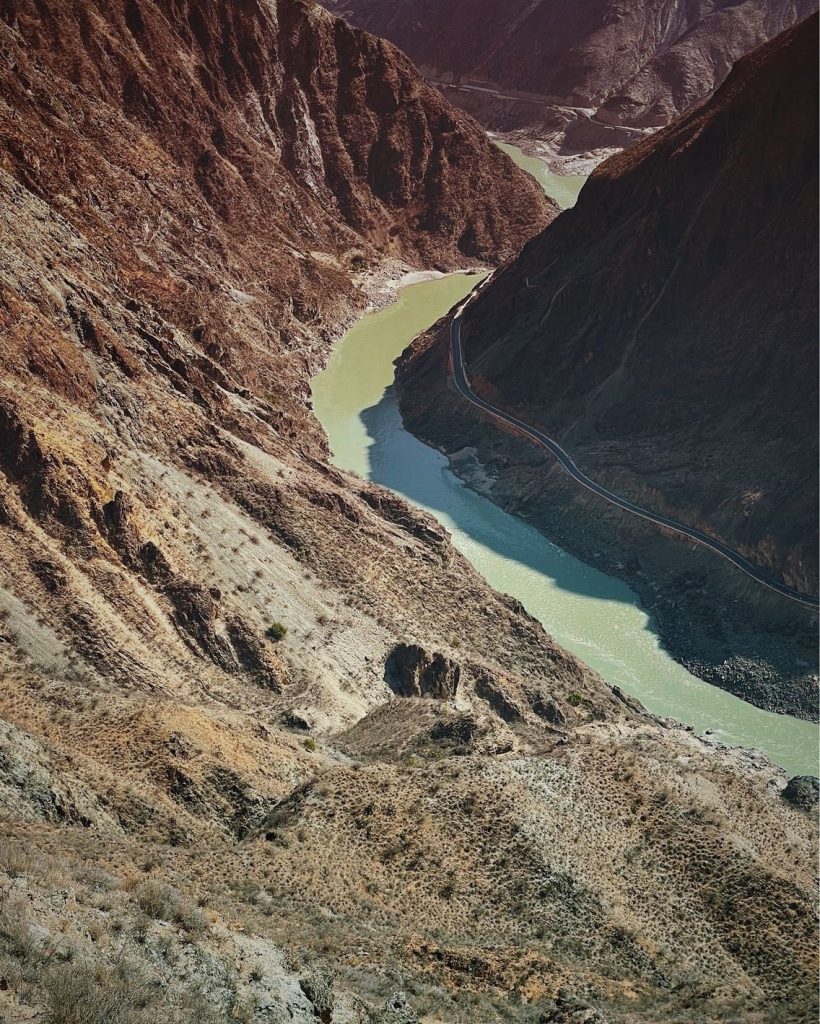
Tongle Village
The ethnic culture in Diqing is rich and diverse. There is also an unexpected diversity of religious culture; while the religion is mainly Tibetan Buddhism, other religions such as Catholicism, Christianity, Islam, the Dongba religion, and Taoism all co-exist alongside it. Similarly, there are also many ethnic groups other than Tibetan in Diqing, such as Lisu, Yi, Naxi, Han, Bai, Hui, Miao and Pumi, all of them preserving their traditional ethnic customs in remote villages, such as Tongle Village of Yezhi Town. A traditional 300 year-old village inhabited by the Lisu ethnic group, Tongle Village is situated on the side of a mountain and is remarkably well-preserved. The Lisus have been living here for centuries in what they call Muleng houses, traditional wooden houses built from wood planks, without the use of nails. Surrounded by mountains and clear rivers, Tongle is a secluded and isolated place where it seems time has stopped.
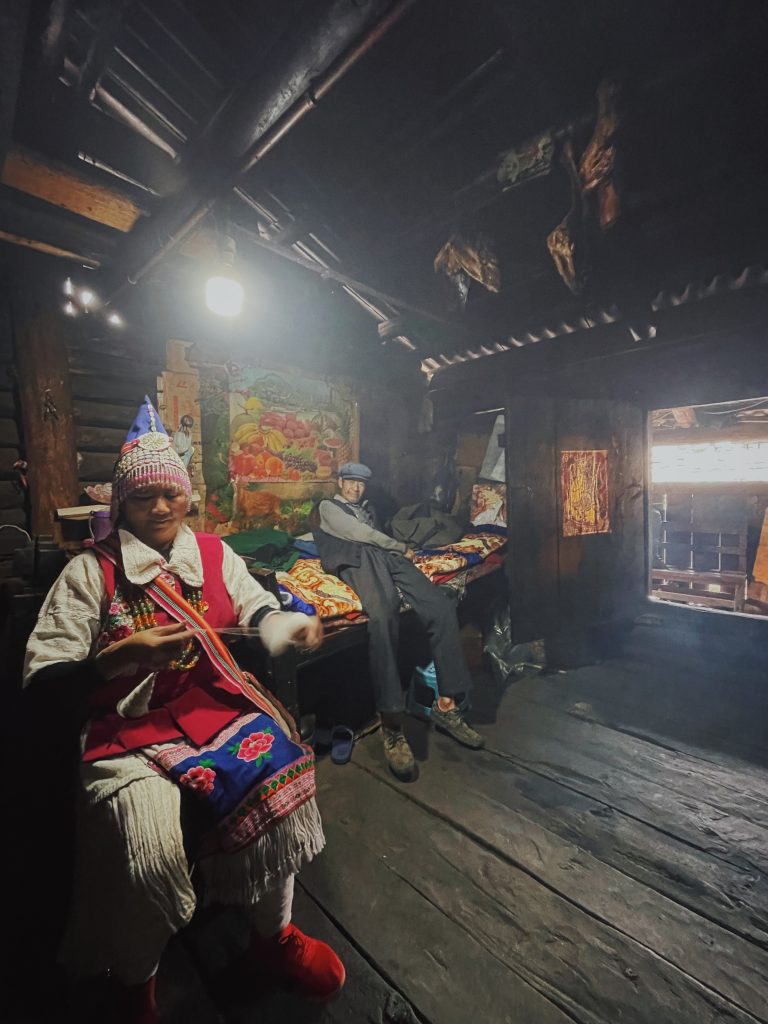
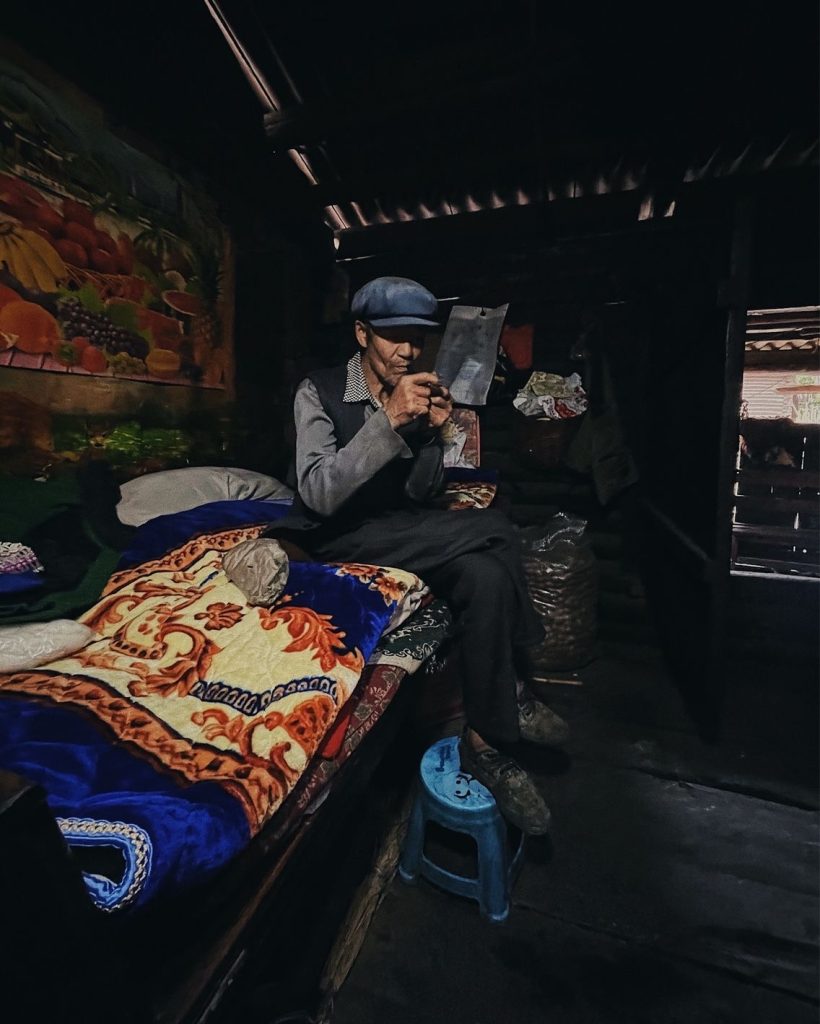
While Lost Horizon may be a work of fiction or could be considered today an Orientalist fantasy conceived by a Western writer, travelling through Diqing from Shangri-la and taking in the breathtaking scenery in Yubeng, or observing the traditions preserved in one of Diqing’s many remote ethnic villages, one can easily imagine themselves transported into the mystical elusive paradise that James Hilton once described.
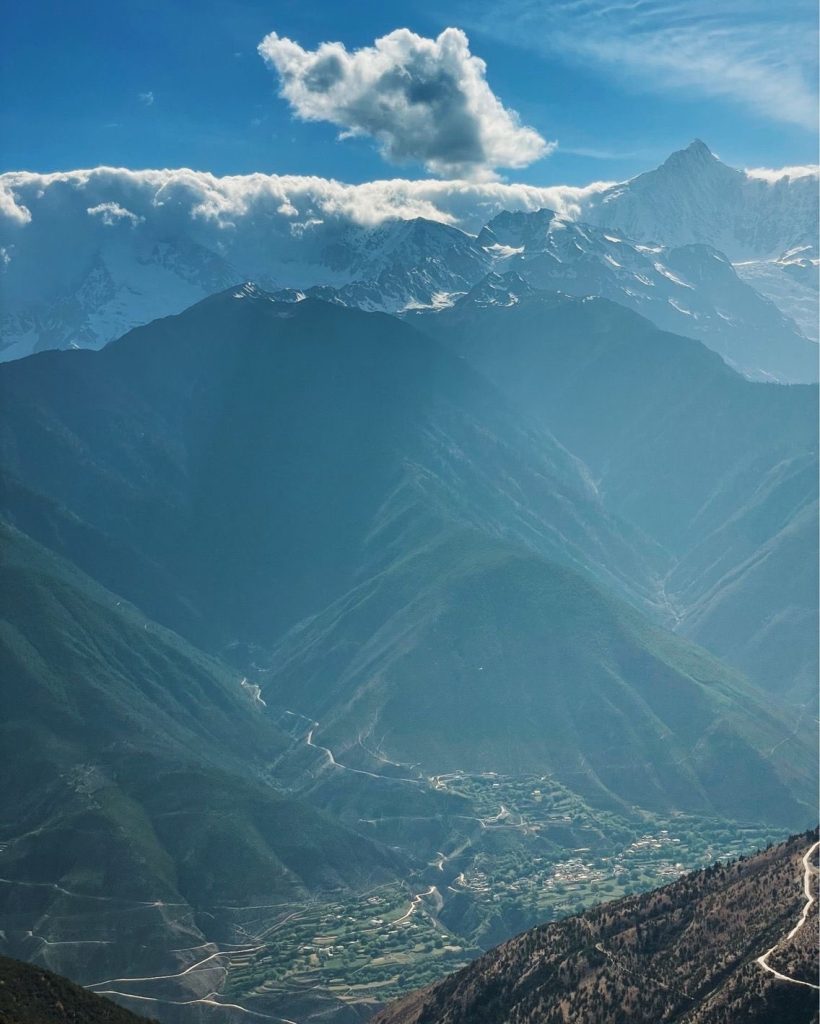
Posted on movable.pssngr.co: 27 February 2024

